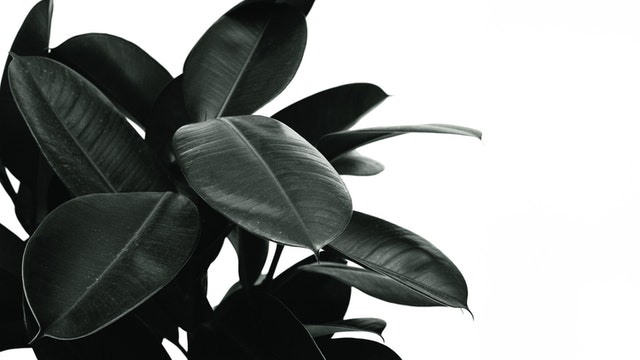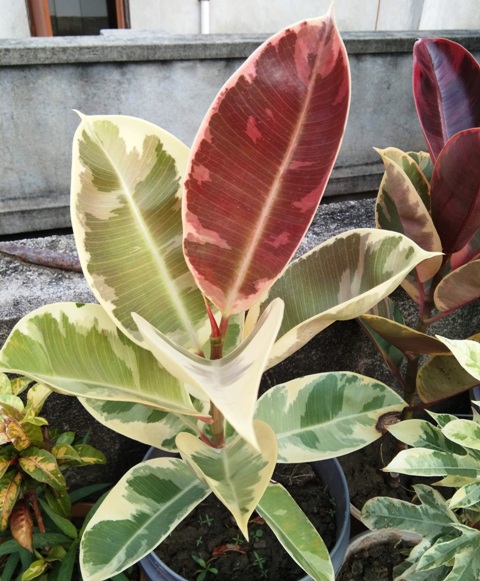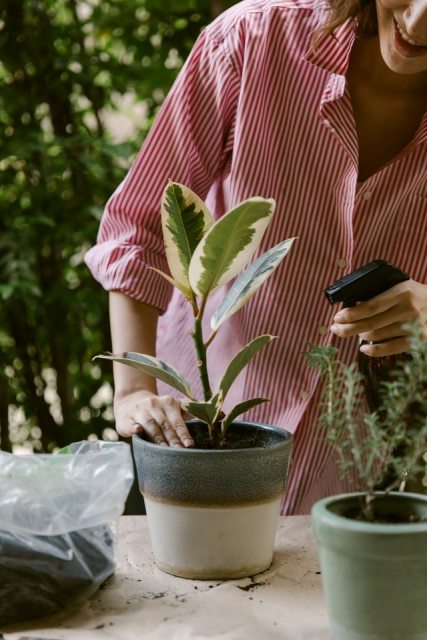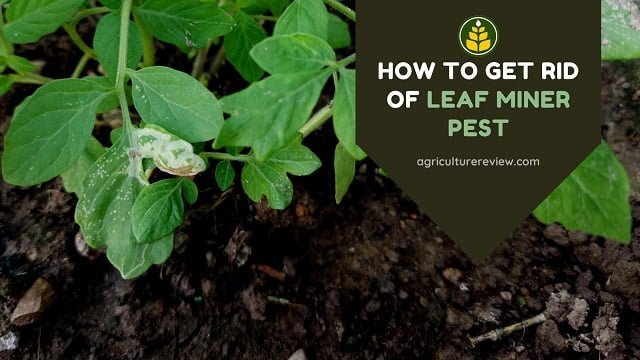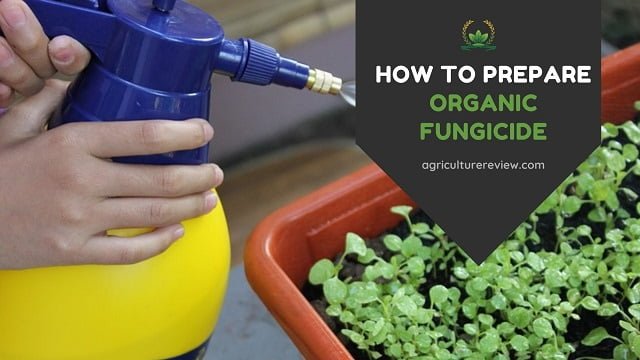Rubber plant scientific name is Ficus elastica. It is known by many other names such as the rubber bush, Rubber fig, Rubber tree, Rubber plant, or Indian rubber bush.
Rubber tree is grown around the world as an ornamental plant. It has been widely introduced in most tropical regions of the world.
Rubber tree is a popular houseplant because of its waxy leaves and larger than life appearance. As a domesticated houseplant, rubber plants grow anywhere 6-10 feet tall.
You can grow and maintain this plant easily in your home garden by following instructions of एग्रीकल्चर रिव्यू.
Spring to summer is the best time to propagate plants when the tree is actively growing.
If you want to grow a rubber tree in a container, choose a container as per the size of seedling.
To propagate by cutting use 4-6 inches diameter garden container for developing new seedlings.
You may also grow it in a growing bag.
Growing containers should have a good draining system with 2-3 holes.
Purchase seedlings from the nearest nursery or online. You may propagate by cutting or by Air layering. It is considered best to propagate rubber tree from cutting.
Spring to summer is the best time to propagate the plant when the tree is actively growing.
By cutting
If you want to propagate by cutting, simply cut the stem with shoots tip 5-6 inches long just ½ inch below the node. Try to take a good cutting from the tip of a vigorous rubber plant stem.
Choose a cutting stem with at least 3-4 sets of leaves. Take cutting using a clean sharp knife. For safety you should wear gardening gloves. Remove the bottom leaves and cut the other leaves into half.
When cutting the rubber tree oozes a milky sap, which is irritating, so wash immediately with running water.
Wash cutting shoots with dilute broad-spectrum fungicide. Use rooting hormone (IBA) to induce roots in cutting end.
Prepare potting mix with 45% coco peat + 45 % soil + 5% sand +5% compose.
Now dip cutting end in rooting powder and transplant in the potting medium by making a hole in the center pot or you can pot 3-4 cutting in the same pot and later on separate each one with care when new shoots emerge.
Press the potting mix by hand to firm the cutting ends in potting medium and water the pot gently.
Now put the pot in a clear polythene bags and tie the top of the bag so that the cuttings remain in high humidity environment.
Place your pot in a warm place in indirect light till roots well develop.
Roots will take time at least 3-4 weeks to develop. For conformation gently tug the base and feel for resistance which indicates some roots have formed.
After roots formation removes the covering and keep the pot in shade, wait for the new leaf to grow fully. Water lightly till the new leaves develop.
Shift the pot in a place where it can receive morning sunlight. Keep there for 3-4 weeks. You can now transplant the plant into a bigger pot.
By Air layering
Air layering is a propagation technique in which a stem is rooted while it’s attached to the plant.
Choose a 12 inches long healthy portion of the stem where you wish to induce rooting in the stem and remove any leaves immediately above and below that portion.
This asexual propagation method of wounding is done with a sharp knife in either of two ways:
After removing wash it carefully and apply rooting powder to induce root at the wound site.
Now warp around with a handful of moistened sphagnum moss the whole area, including an inch or so of the stem on both sides of the cutting.
Finally, cover with a sheet of plastic, wrap film or aluminum foil carefully over the sphagnum moss ball with upper and lower end twisted around the stem securely.
The sphagnum moss keeps the atmosphere around the wound of the stem moist which is favorable for new roots to develop.
New roots develop form inside and the air layer can be detected because the plastic covering is fairly transparent.
Once the root system forms on the stem, cut the rooted stem from the parent plant just below the rooted area and then plant it in the new pot.
Light requirement
Rubber tree likes bright light but not direct sunlight. A sunny spot shielded by a sheer curtain is often perfect for the Rubber plant.
Best place where it can receive morning sunlight at least 3-4 hours.
You may keep it indoors in the south-east direction of the living room or hall where at least 2-3 our direct sunlight availableIf your rubber plants become leggy, its leaves lose their luster and lower leaves fall off. it indicates that your plant needs more light.
Water frequency
Rubber plants water needs vary according to season. In growing season keep the soil moist constantly. Wipe the leaves with a damp cloth or even misting them.
In peak summer seasons water the plants twice in a day. During the dormant season (winter) need little water.
You should let the soil dry before the next watering. Keep in mind that water logging in container may infect your roots.
Fertilizer requirement
To established your young plants use nitrogen-rich fertilizer.
Take ½ teaspoon NPK 10:10:10 dilute in one-gallon water and apply the fertilizer every 3-4 weeks during the active growing season.
In place of NPK fertilizer, you may use bone dust one teaspoon every three months.
During spring change 2-3 inches topsoil and fill it with fresh potting mix.
Aside from removing dead or dying leaves, rubber trees don’t require much pruning.
Don’t cut off the top until your plant reaches the desired height. When you do cut off the top, your plant will branch out.
Make sure not to remove more than 1/3 of the stem height at one time. You can prune the plant whenever the stems seem outgrown and look untidy.
Repotting of plant
If your rubber tree is growing in a pot for a few years, its root will start to emerge from the bottom holes. At this stage, you should transplant it into a new pot.
Take out the plant carefully and transplant it into the larger pot. Best time for changing the pot is during the spring season.
The Rubber plant is not susceptible to diseases. To maintain it is advisable to remove old and dead leaves.
They are rarely susceptible to common houseplant pests like mealy bugs, spider mites, and scale insects. Use Neem oil as a foliar spray.
Rubber Plant Benefit
Latex of the Rubber tree is an important industrial raw material.
A lot of products are made from Rubber tree, which includes washers, gloves, gaskets, tubing, waterproofing clothing, toys, erasers, belt, elastics bottle stopper, and insulating for electrical wiring.
It is used for making tires, mattresses, and other commodities.
The young plants are durable and grow well under less ideal indoor conditions.Rubberwood has traditionally used as a cheap source of woodfuel in most of the countries where rubber plantations are abundant.
